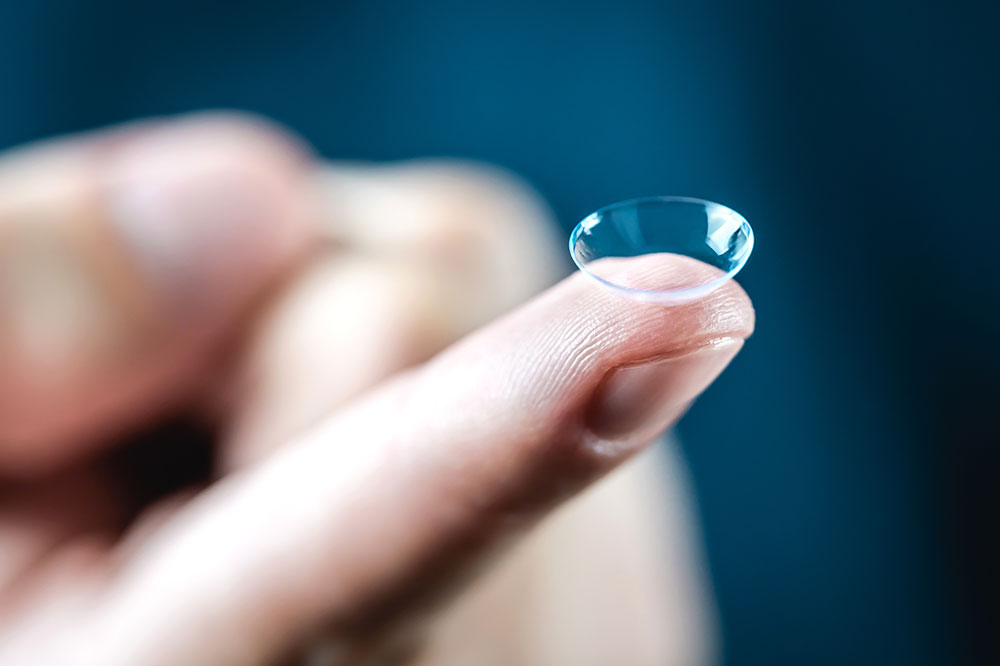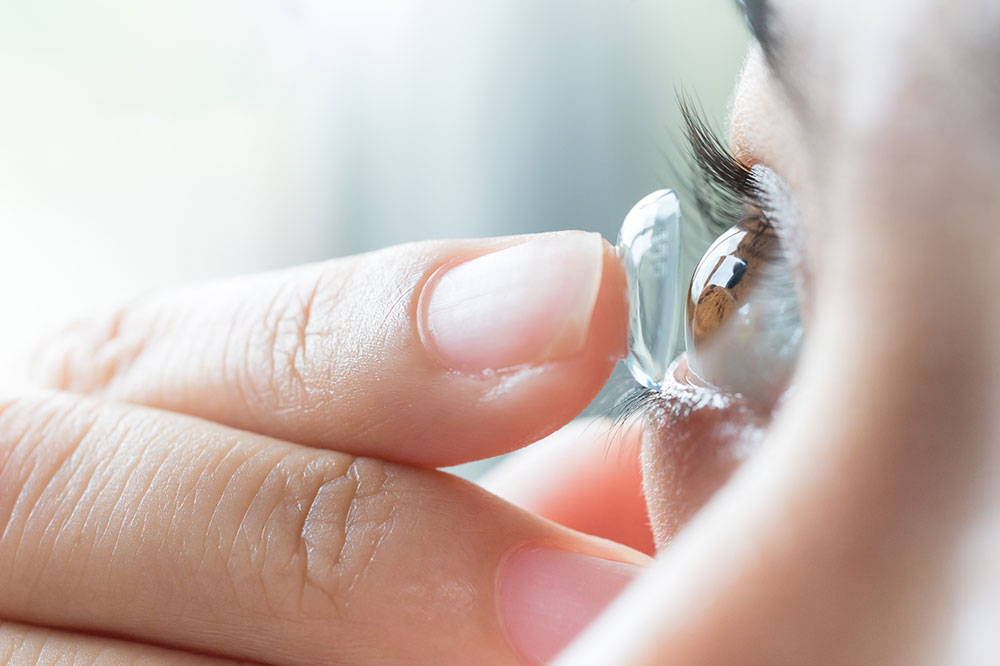What You Need to Know About Bifocal and Multifocal Contact Lenses
Explore essential information about bifocal and multifocal contact lenses, including their types, benefits, and considerations. Ideal for those with presbyopia, these lenses improve vision across different distances. Understand the differences, advantages, and potential challenges to make an informed decision. Always seek professional advice for personalized eye care solutions.

Understanding Bifocal and Multifocal Contact Lenses
Multifocal contact lenses combine multiple prescription strengths into a single lens, making them ideal for individuals with presbyopia, an age-related condition that hampers focusing on objects at varying distances. These lenses help improve vision clarity across different ranges. Before choosing multifocal lenses, it's important to understand their types and benefits.
Focal Differences: Multifocal vs. Bifocal
Many users confuse these lenses. Bifocal lenses offer two distinct focusing zones, while multifocal lenses provide a seamless transition between multiple focal points, resulting in smoother vision changes. The latter is designed for natural viewing at various distances.
Types of Multifocal Lenses
Concentric: Features a central zone for seeing distant objects, surrounded by rings of different powers for other distances.
Aspheric: Lacks distinct rings; instead, the focusing power gradually shifts from the center to the edges for smoother transitions.
Benefits of Multifocal Contact Lenses
Enhanced clarity across multiple viewing distances
Ease of switching focus without changing glasses
No need for separate glasses for near and far tasks
Considerations and Challenges
Adjusting to new lens types can take time
Initial side effects may include glare or starbursts, especially at night
Higher cost due to complex design and prescriptions
These lenses are popular for their ability to support reading and distance viewing, though price and adjustment period are factors to consider.
Important Note:
This article provides informational content about eye conditions and corrective lenses. It should not replace professional medical advice. Always consult an eye care specialist for personalized recommendations and treatment.









